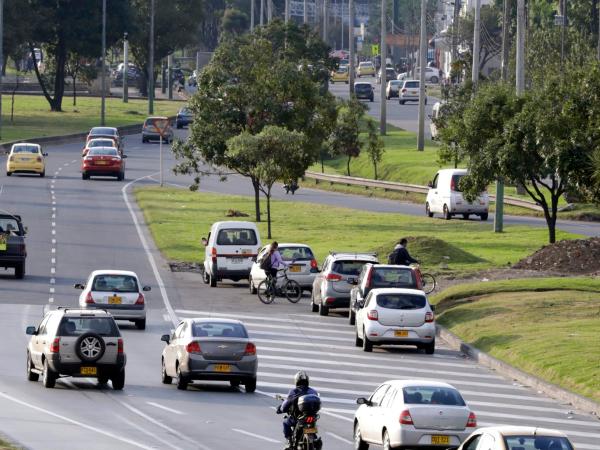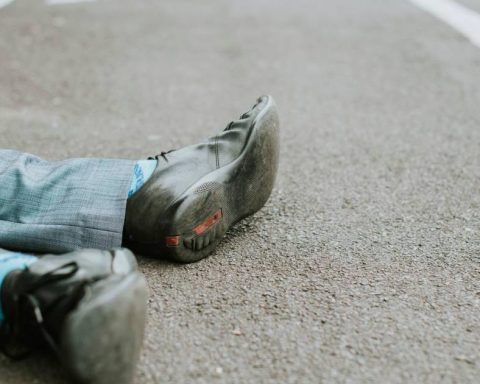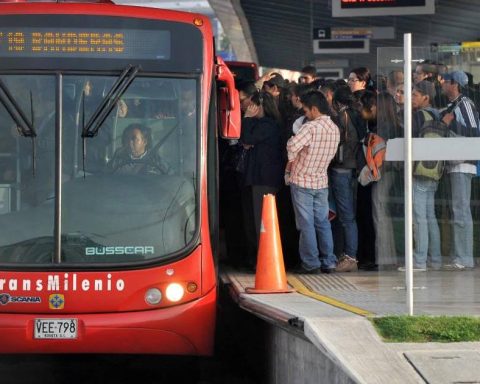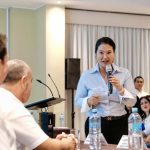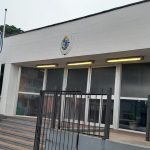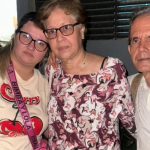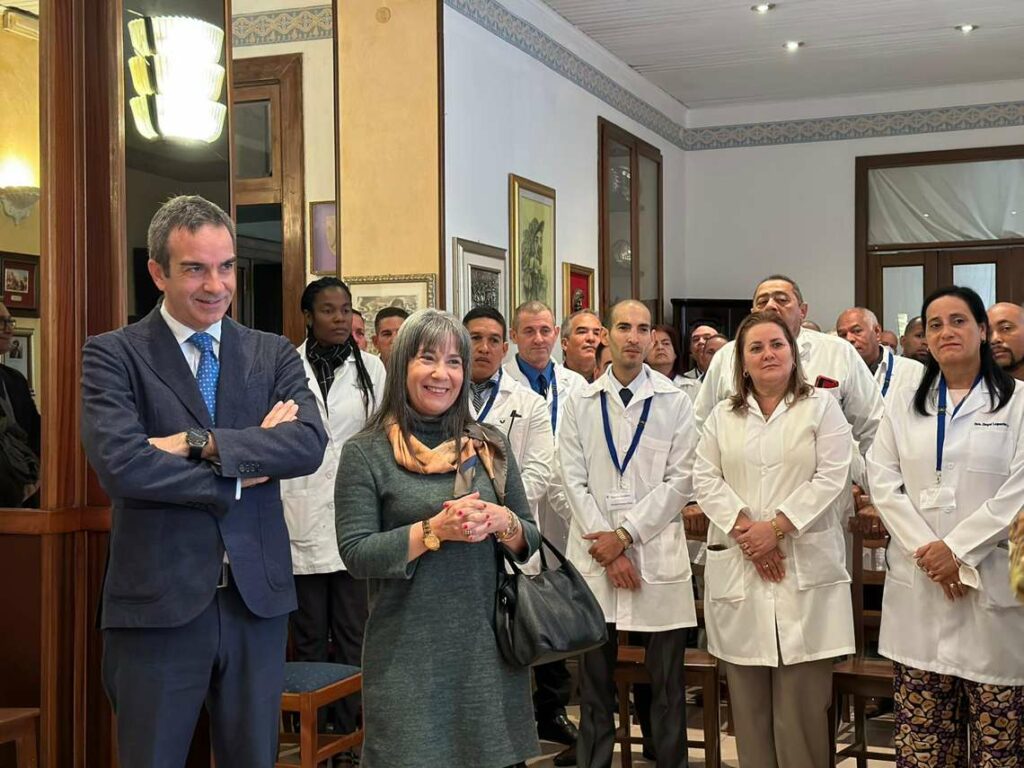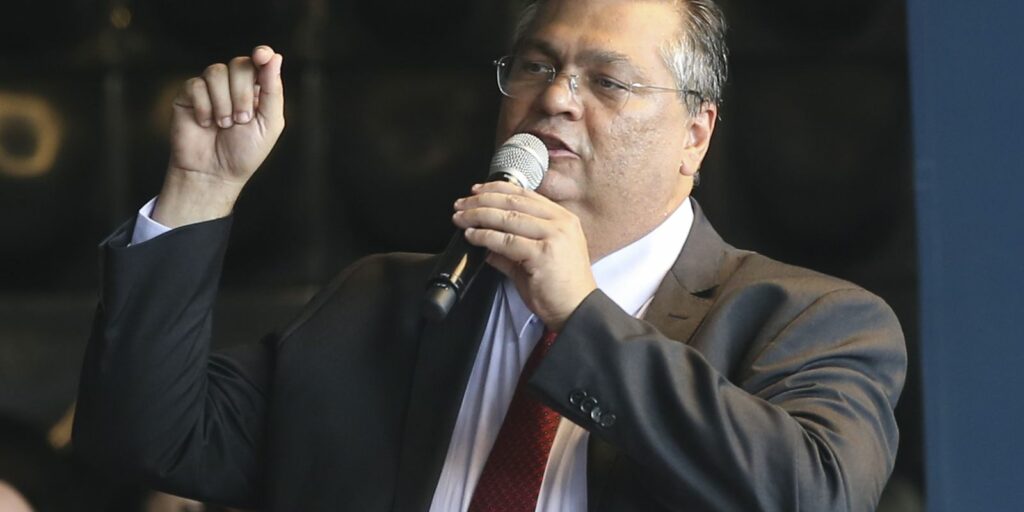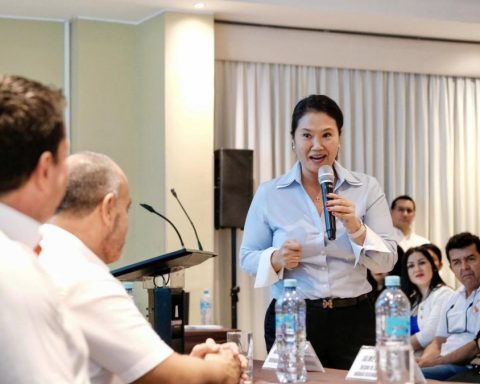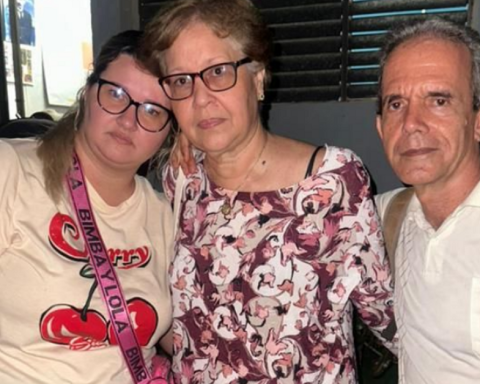From this January 10, 2023 in Bogota a new one will come into force ‘peak and plate’. The measure will work like this: mobilization will be restricted in the even days to vehicles with license plates ending in 1, 2, 3, 4 and 5 and the odd days will apply to plates ending in 6, 7, 8, 9 and 0.
(See: ‘Pico y placa’ in Bogotá will no longer rotate every 4 months: that’s how it will work).
Also, The hours in which the norm will work will be from 6 am to 9 pm
During the first 5 business days of the validity of the measure, in case of violation, pedagogical sanctions will be imposed, and also during the first 5 business days following the start of each license plate rotation.
After that time, failure to comply with the ‘pico y placa’ will result in the imposition of sanction C14: ‘Transit through restricted sites or at times prohibited by the competent authority’, stipulated in the National Land Transit Code.
Regarding the new ‘pico y placa’, it must also be said that at first it was said that it would rotate every 4 months, but that will no longer be the case: if there are changes, a 10-day notice will have to be given to the public.
Likewise, they will continue to govern the ‘pico y placa solidarity’, which consists of the fact that people will pay to be able to transit those days that have restrictions; and the ‘regional pick and plate’, through which the circulation of private vehicles is restricted during the days of return plan on festive bridges.
(See: Eye! These are the 50 most dangerous TransMilenio stations).
On the latter, it applies in nine road corridors: North highway, South highway, 13th street, 80th street, Carrera Séptima, Boyacá avenue, via Llano, via Suba – Cota, via La Calera and via Choachí. And it works like this: between 12 m. and at 4 pm, movement restriction in the accesses of the city to vehicles with plates ending in an odd number; and between 4 pm and 8 pm it applies to plates ending in an even number (including 0). Before 12 noon and after 8 at night the measure will not apply.
Vehicles entering Bogota.
Now with the clarity in terms of operation, you have to ask: will there be exceptions in this new ‘pico y placa’? And the answer is yes: we tell them.
This is the list of vehicles that appear in the list of exceptions to the ‘pico y placa’ that begins in Bogotá on January 10:
1. Electric vehicles and zero polluting emissions.
2. Presidential motorcade. Group of vehicles that are part of the security scheme of the Presidency of the Republic and are at the service of inherent activities.
3. Diplomatic or consular service vehicle. Automotive identified with special plates assigned by the Ministry of Foreign Affairs.
4. Hearses. Vehicles intended and/or technically adequate for the transfer of coffins, property of funeral homes or mortuary agencies.
(See: Taxes in Bogotá: this is how property and vehicles must be paid in 2023).
5. Vehicles of state security agencies. Vehicles that belong to or are part of the State security forces, Military Forces, National Police, National Protection Unit and Technical Investigation Corps of the Office of the Attorney General of the Nation and those who exercise legal functions of judicial police.
6. Emergency vehicles. Vehicles duly identified and illuminated, ready to mobilize people affected by health, prevent or attend to disasters and/or calamities, or police activities, duly registered as such with the standards and characteristics required by the activity for which they are registered, and owned vehicles of companies that provide home health care, duly identified, only when on-duty medical personnel travel to them.
7. Vehicles used to transport people with disabilities: motor vehicles that transport or are driven by people whose motor, sensory or mental condition limits or permanently restricts their mobility. The condition of permanent disability that limits mobility must be clearly accredited with the corresponding medical certification, issued by the EPS, IPS or ESE. The exception applies only for the registration of one (1) vehicle per person with a disability condition.
(See: Prohibition of male barbecue in Bogotá will remain in force in 2023).
8. Vehicles of residential public service companies. Vehicles assigned or contracted by Residential Public Service Companies, exclusively for the maintenance, installation and/or repair of residential public service networks in the city of Bogotá, DC, as long as they have full and public identification, consisting of the logos of the contracting company painted or attached to the bodywork.
9. Vehicles for traffic control and cranes. Crane-type railcars and those intended for traffic control in the Capital District.

Vehicles in Bogota.
10. Emissions and dumping control vehicles. Vehicles used by the District Secretariat for the Environment or by the Ministry of the Environment and Sustainable Development or whoever acts on their behalf, for the review, care and prevention of polluting emissions and discharges, as long as they have the logos painted or adhered to the bodywork.
11. Motorcycles.
12. Vehicles assigned by the National Protection Unit to citizens who have protection measures, during the time indicated by said Unit.
13. Media Vehicles. Vehicles owned by the mass media of radio, press and television, that carry the emblems of the communication medium painted or visibly adhered to the body and that transport personnel or technical communication equipment for the development of journalistic work. For purposes of registration in the register of excepted, a license issued by the National Authority or whoever acts as such, where authorized as a means of communication, must be presented.
(See: ¡Pilas!: These are the tax payment dates in Bogotá for 2023).
14. Vehicles of judicial authorities. Vehicles owned by Magistrates, Judges, Prosecutors and Attorneys Delegated before the High Courts, who are certified by the competent authority to carry out said work in Bogotá, DC, or in the Department of Cundinamarca, and do not have a vehicle assigned official for transportation.
15. School transportation vehicles. Vehicles owned by educational institutions and only when they are used to transport their students. These must operate and be fully identified in accordance with the rules governing school transportation.
16. Private vehicles such as automobiles, campervans, and trucks, intended for automobile teaching, that are registered with the Single National Traffic Registry – RUNT as such, that comply with the characteristics established in Resolution 3245 of July 21, 2009 issued by the Ministry of Transportation, that are providing instruction and that have PESV ( Strategic Road Safety Plan), validated and in force at the time that the District Mobility Secretariat carries out the respective authorization.
17. Hybrid vehicles whose motorization is by combustion (diesel or gasoline) and work alternately or simultaneously with an electric motor.
18. Vehicles whose owner has voluntarily requested the Special Permit for Access to Area with Vehicular Restriction (‘pico y placa solidario’) and has accepted and complied with all the terms and conditions established by the District Mobility Secretariat, to access it.
BRIEFCASE
